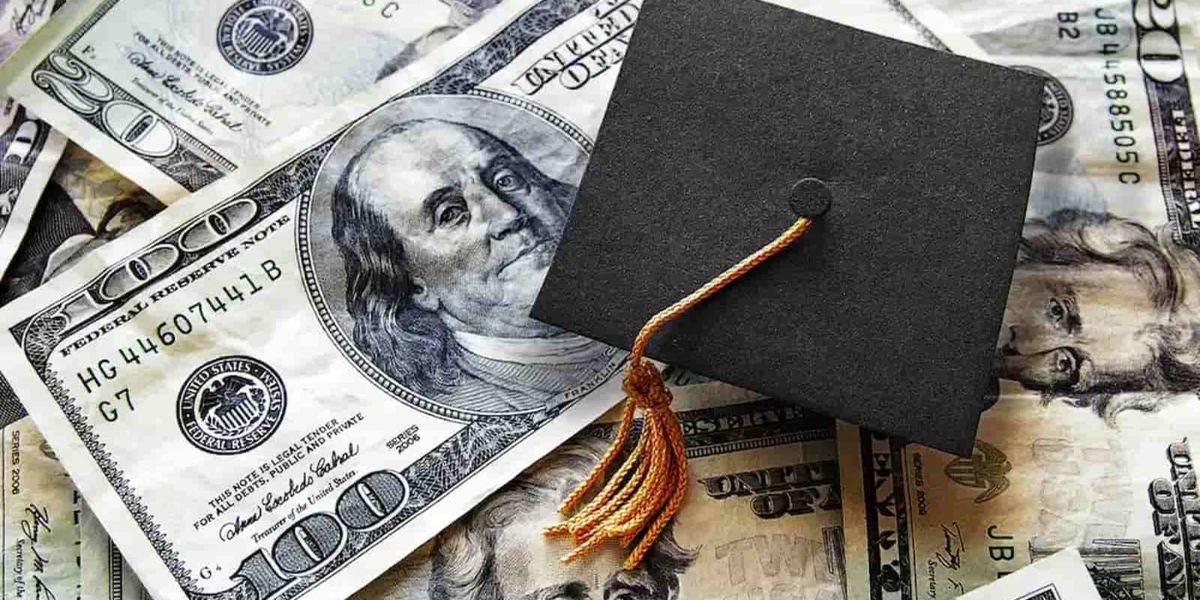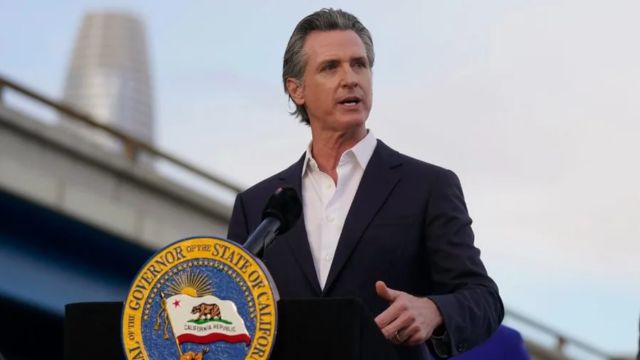Online Now —-
Millions of student loan borrowers in the United States are facing potential increases in their monthly payments due to impending policy changes being discussed by House Republicans.
After years of efforts to reduce payments and offer relief, the government is now considering adjustments that could drastically raise repayment costs for borrowers.
These proposed changes could particularly affect those relying on income-driven repayment (IDR) plans, such as the Saving on Valuable Education (SAVE) plan, which helped alleviate financial burdens. If passed, these changes could add hundreds of dollars to borrowers’ monthly payments, putting additional stress on an already financially strained group.
According to the Institute for College Access and Success, borrowers could face an average increase of $200 per month. These potential adjustments are part of a broader government effort to reduce spending, but they may inadvertently make student loan repayment significantly harder for millions of Americans.
Policy Changes That Could Affect Borrors
USA Student Loan Costs Are Rising
- Elimination of the SAVE Plan The SAVE repayment plan was designed to help lower-income borrowers manage their monthly payments by tying them to their income levels. Some borrowers had even seen their payments reduced to $0. However, the plan is now facing legal challenges, and House Republicans are advocating for its complete elimination. Without the SAVE plan, many borrowers would need to switch to other income-driven repayment (IDR) plans, which generally require higher monthly payments. This could mean paying thousands of extra dollars over the life of a loan.
- Fewer Income-Driven Repayment (IDR) Options Currently, borrowers have a variety of income-driven repayment plans available to help them manage their loans. However, new proposals aim to reduce these options to just two plans, limiting borrowers’ ability to choose a repayment method that best suits their financial situation. Lawmakers argue that this change will save the government $127.3 billion over the next decade, but it could also force borrowers to pay considerably higher monthly amounts.
- Restrictions on Public Service Loan Forgiveness (PSLF) The PSLF program was created to help individuals working in public service jobs, such as teachers, healthcare workers, and law enforcement officers, by forgiving their remaining student loan balance after 10 years of qualifying payments. Under the new proposals, eligibility for PSLF could become more restricted, making it harder for many borrowers to qualify. If these restrictions are enforced, fewer public service workers would be able to rely on PSLF for debt relief, leaving them with large amounts of unpaid debt.
- Stricter Borrowing Limits for Students Another proposed change is to tighten the borrowing limits for federal student loans. While this could prevent excessive borrowing, it may also make it more difficult for low-income students to afford college without resorting to private lenders, who often charge higher interest rates. This change could hit middle- and lower-income families the hardest, as they typically rely on federal loans to cover tuition, housing, and other college-related expenses.
Why Are These Changes Happening?
The changes are largely driven by a desire to reduce government spending. The Republican-led House of Representatives has set its sights on cutting $2 trillion in spending, and student loan relief programs have become a target. Conservatives argue that student loan relief programs, especially those created under the Biden administration, were not approved by Congress, and any future loan forgiveness should go through the legislative process.
The Biden administration had previously attempted to cancel up to $20,000 in student debt per borrower, but the Supreme Court blocked that plan. Now, lawmakers are focused on returning to more traditional repayment systems, scaling back broad relief programs in favor of more limited solutions.
While the Senate has not yet made a final decision on student loan policies, the urgency is growing. With a March 14 deadline for funding the government, Congress must act swiftly.
How Borrowers Can Prepare for These Changes
As student loan borrowers face uncertainty regarding their financial futures, it’s essential to take proactive steps to minimize potential financial strain.
- Keep Track of Your Loan Payments
- Log into studentaid.gov regularly to check your repayment details.
- Take screenshots of your payment history to ensure there are no errors.
- Be sure to track the number of payments you’ve made under any income-driven repayment plans or the Public Service Loan Forgiveness program (PSLF).
- Explore Different Repayment Options
- If you’re currently enrolled in an income-driven repayment (IDR) plan, check whether you’ll still qualify under the new rules.
- Consider switching to a different repayment plan before the changes take effect.
- If your financial situation allows, making extra payments now could reduce your total debt and ease future payment burdens.
- Advocate for Student Loan Relief
- Consider contacting your senators and representatives to express your concerns about the proposed changes to student loan policies.
- Join organizations that advocate for student debt relief and stay updated on new policies.
- Share your experiences and insights regarding student loans to influence future decisions about debt relief programs.
Student loan borrowers may face an uphill battle in the coming months as lawmakers debate major changes to repayment plans and forgiveness programs. The potential elimination of the SAVE plan, reductions in repayment options, and tighter restrictions on forgiveness could make it more difficult for many borrowers to manage their debt.
While Congress has yet to finalize these decisions, staying informed and taking proactive steps can help borrowers prepare for the changes. The next few months will be crucial in shaping the future of student loan policies, and borrowers must remain vigilant about any shifts that may impact their financial well-being.




